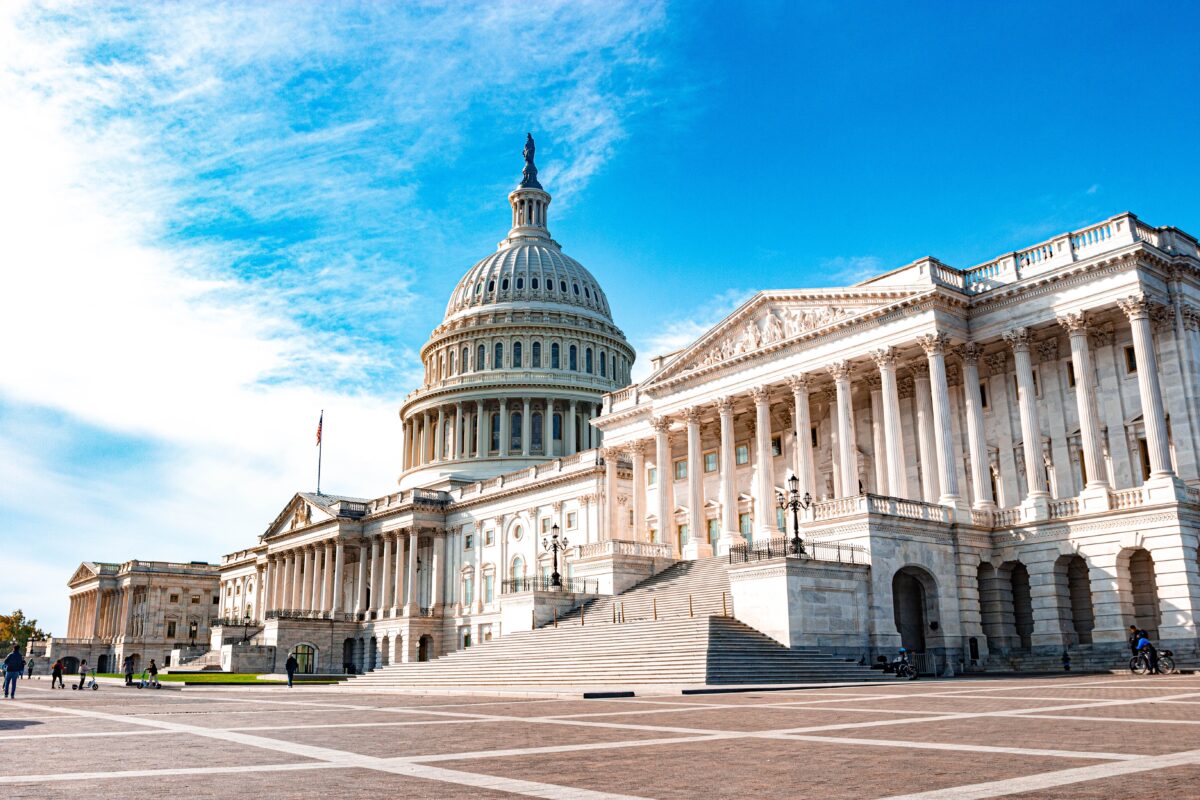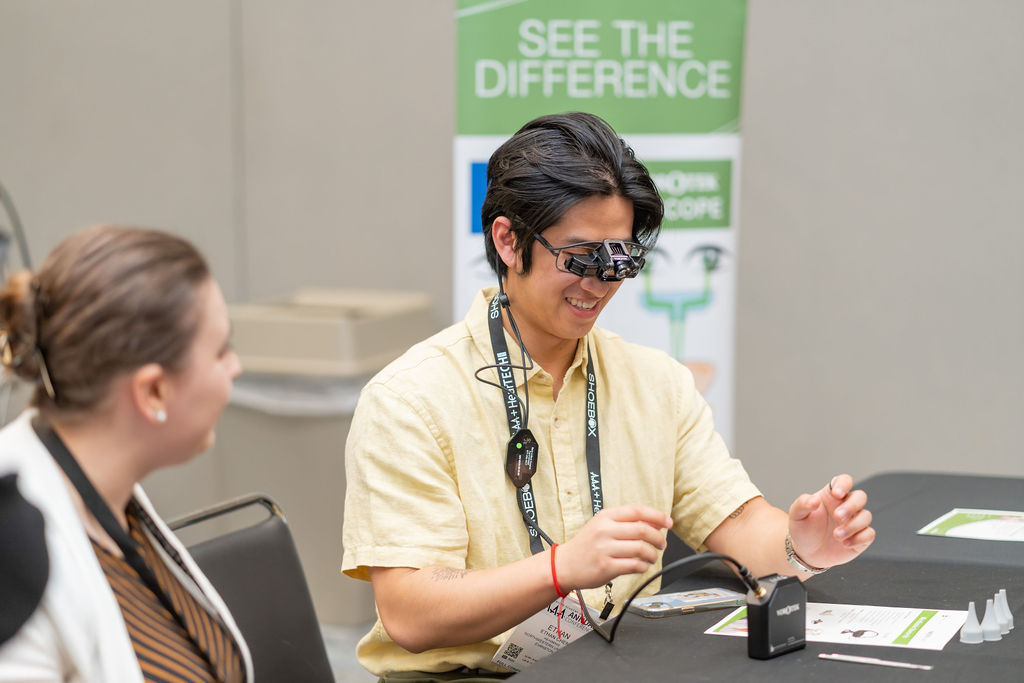Over the past 12 months, information about the SARS-CoV-2 virus (or COVID-19 as it is commonly known) continues to emerge. A wealth of information appears on the website of the U.S. Centers for Disease Control and Prevention (2021) about the virus, management, vaccines, quarantine, and new variants. A search of the National Library of Medicine’s (NLM) National Center for Biotechnology Information’s database (PubMed) identified over 90,000 COVID-19 related articles already in print from around the world (NLM, 2021). Approximately 800 clinical trials examining a variety of biologics for COVID-19 intervention are also underway (all phases) worldwide (NLM ClinicalTrials.gov, 2021).
The role of audiology in the management of COVID-19 patients has emerged as survivors begin to experience a continuance of their health issues post-discharge or a late onset of medical problems. This group of patients has been referred to as COVID-19 “long-haulers.” COVID-19 survivors may also experience auditory/vestibular problems. DiSogra (2020) addresses this issue in detail and offers suggestions for ongoing monitoring.
This article will address whether COVID-19 can be found in cerumen and what precautions need to be taken with current patients and ‘long-haulers.’
Recent Posts
Academy Presents Inaugural AAA National Health Leadership Award to Representative Bilirakis
Today, Patrick Gallagher, Executive Director of the American Academy of Audiology, presented the inaugural AAA National Hearing Health Leadership Award to Representative Gus Bilirakis (R-FL)…
2026 Academy Honors and Awards Recipients
Every year, the Academy asks colleagues, friends, and mentees to look around their professional circles and identify members who are deserving of recognition for outstanding…
Turn Insight Into Action! Attend Learning Labs at AAA 2026
Ready to take your professional development to the next level? At AAA 2026, Learning Labs are your chance to go beyond lectures and dive into…


